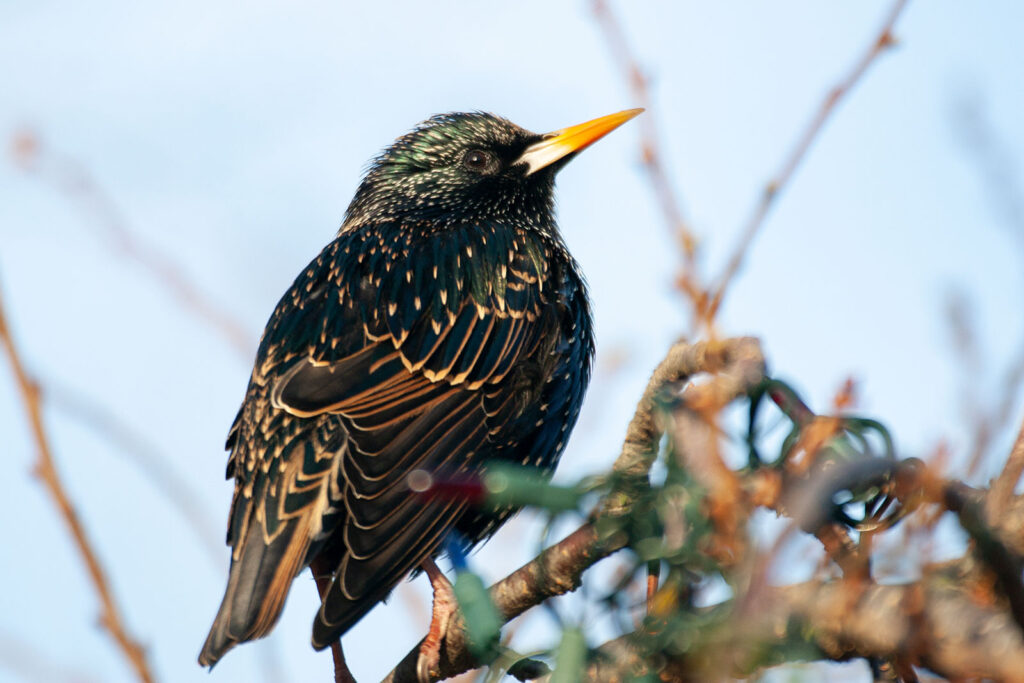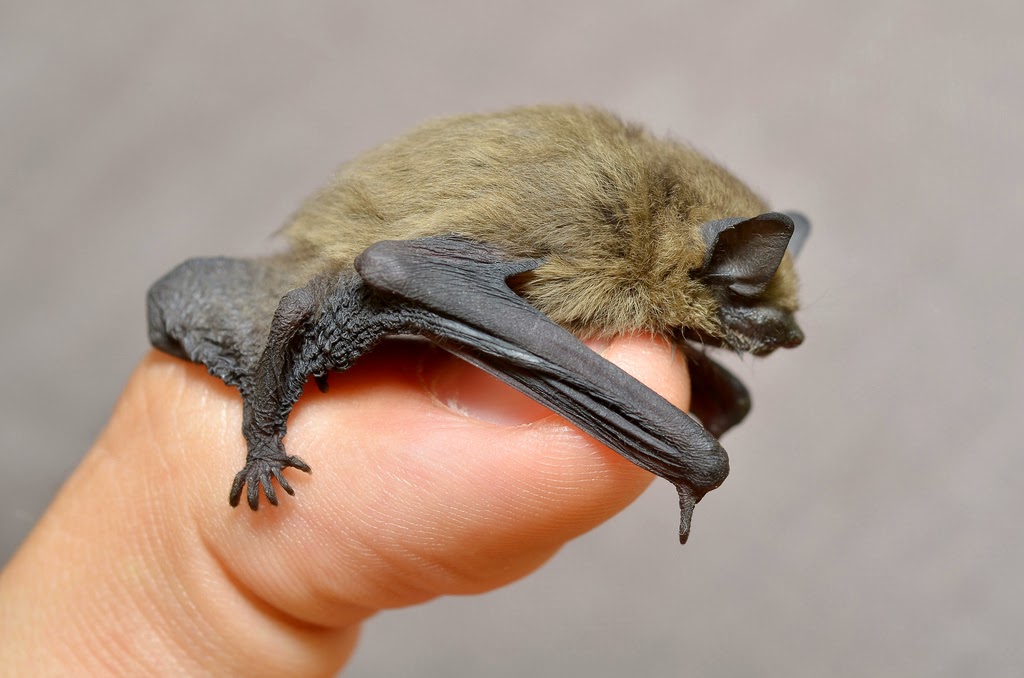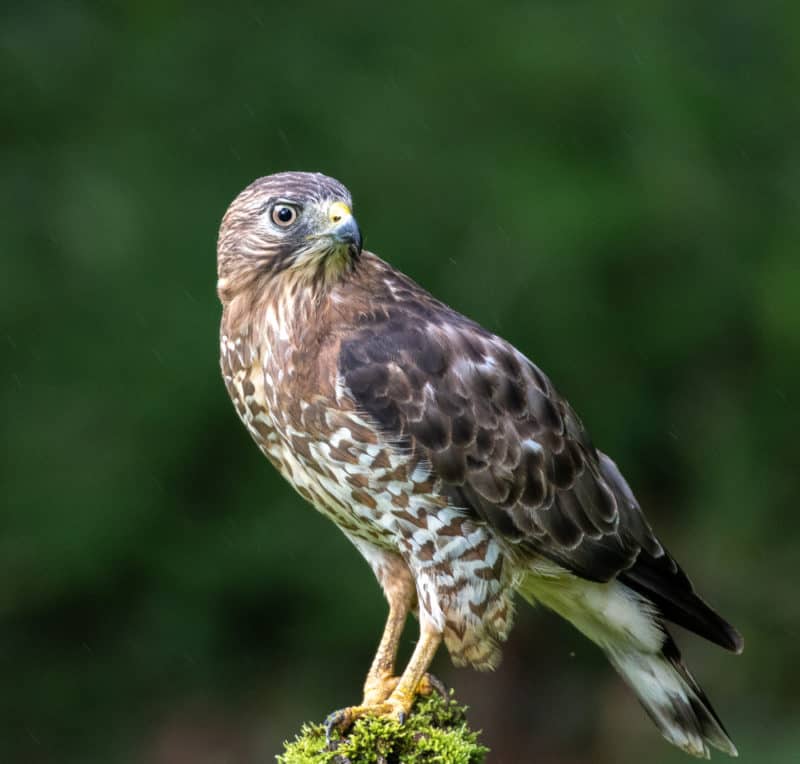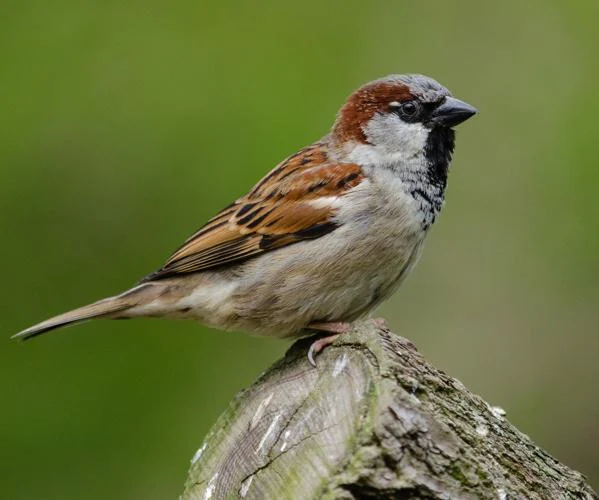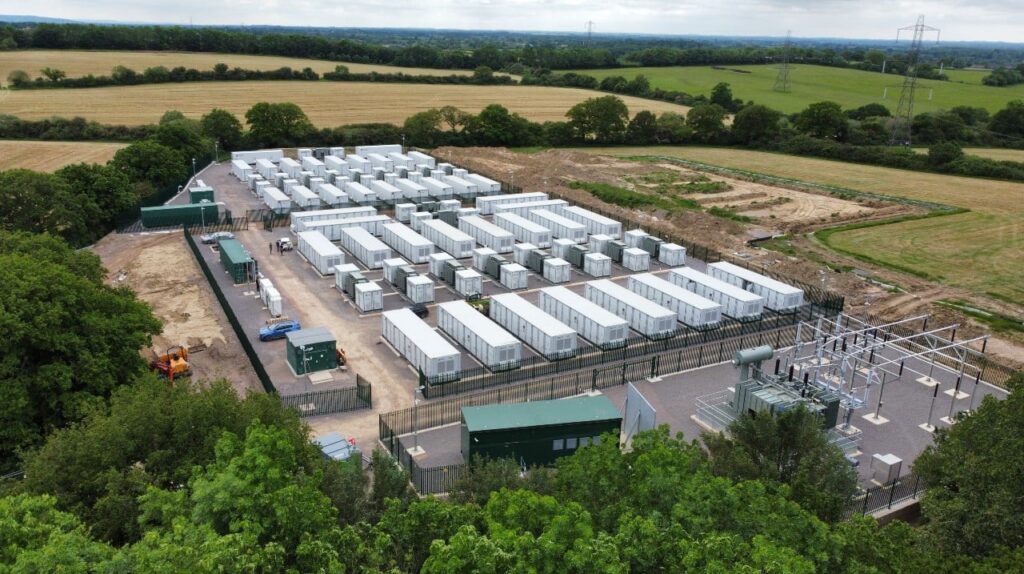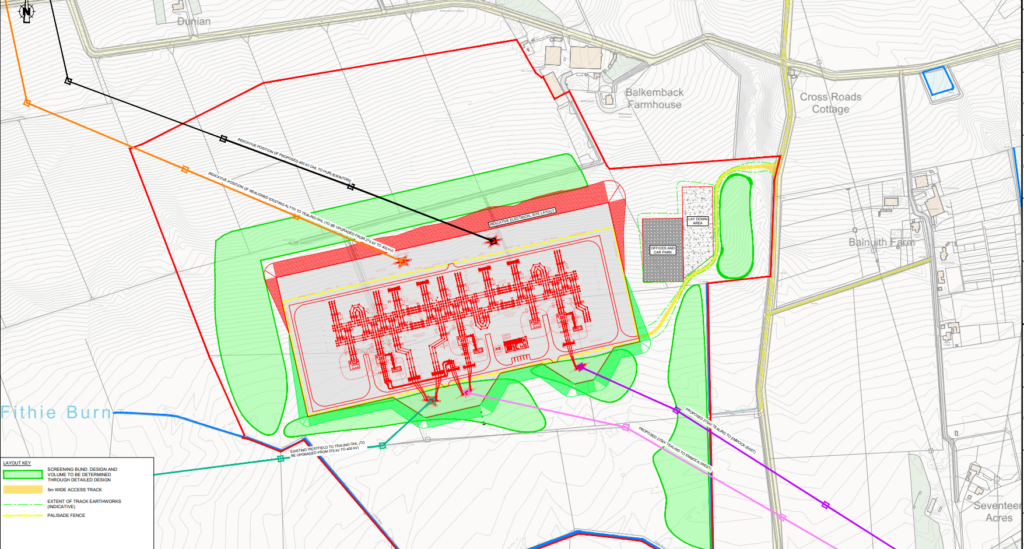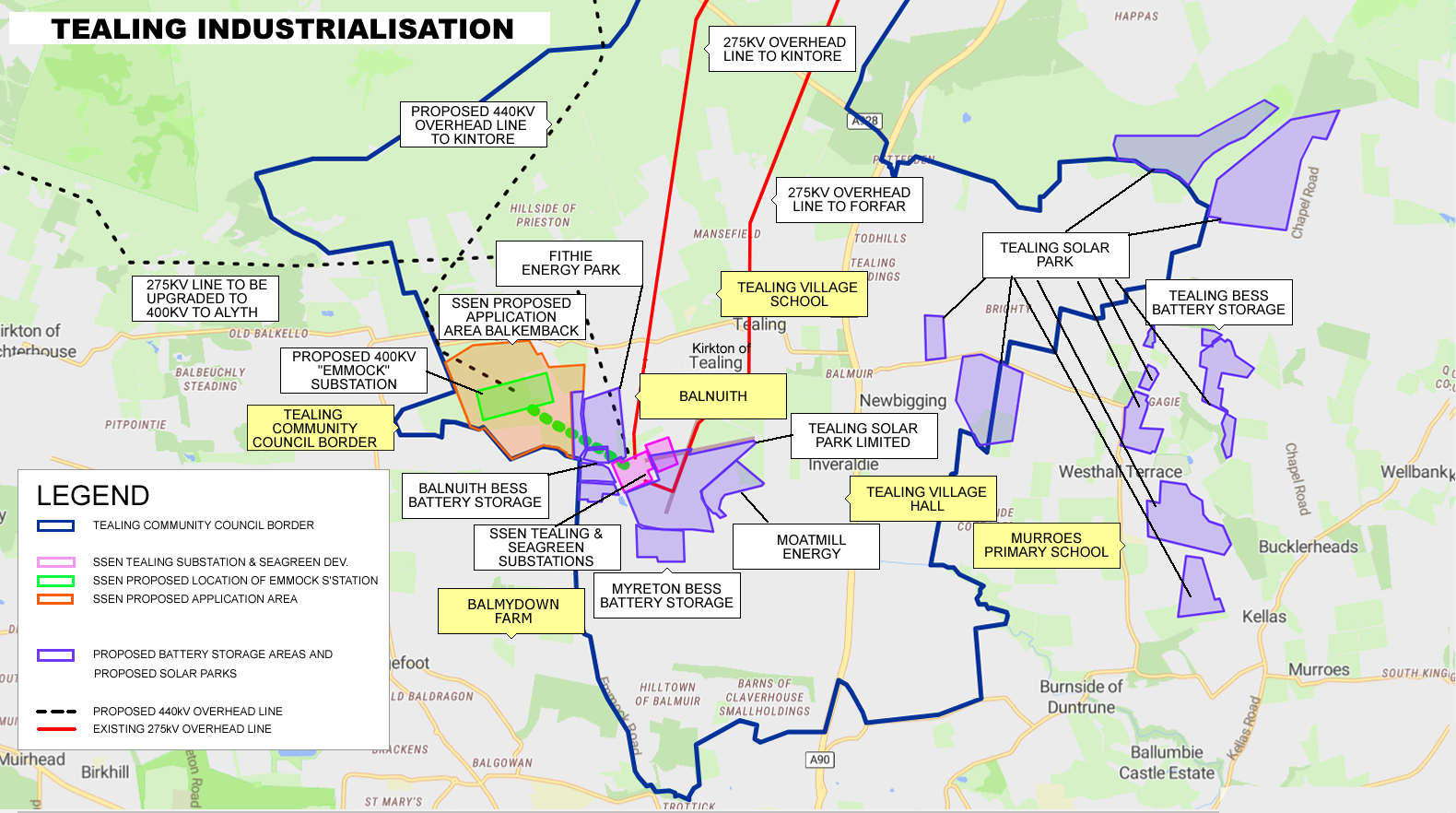The nature and wildlife of Angus
You might think that there is not much to Angus in regards to nature and wildlife. This might be because all you can see initially is farmland.
In fact, Angus is full of animals and plants. You just need to sit down and watch.
We have a number of protected animals here and some “priority species”, which are defined as those that were identified as being the most threatened and requiring conservation action under the UK Biodiversity Action Plan (UK BAP). These include starling, hare, tree sparrow, lapwing and various bats.
Some of the animals found around Tealing, such as the tree sparrow and starling, are classified as Red under the Birds of Conservation Concern.
Useful websites:
https://www.rspb.org.uk/, https://scottishwildlifetrust.org.uk/, https://www.nature.scot/
Below is a list of a few vertebrate animals found in our backyard:
- European starling: Classified in the UK as Red under the Birds of Conservation Concern 4: the Red List for Birds (2015). Protected by The Wildlife and Countryside Act 1981. Priority Species under the UK Post-2010 Biodiversity Framework.
- Barn swallow: Classified in the UK as an Amber List species under the Birds of Conservation Concern review
- Buzzard
- Lapwing: Priority species
- Common toad – Protected in the UK under the Wildlife and Countryside Act, 1981.
- Pine Marten
- Bats – Protected in the UK under the Wildlife and Countryside Act, 1981.
- Deer
- Hare Classified as a Priority Species in the UK Biodiversity Action Plan. UK BAP priority species were those that were identified as being the most threatened and requiring conservation action under the UK Biodiversity Action Plan (UK BAP).
- Fox
- Tree sparrow – Priority species, Conservation status: red
- Curlew – conservation status: red
- Hedgehog
- Kestrel – conservation status: amber
- Oystercatcher
